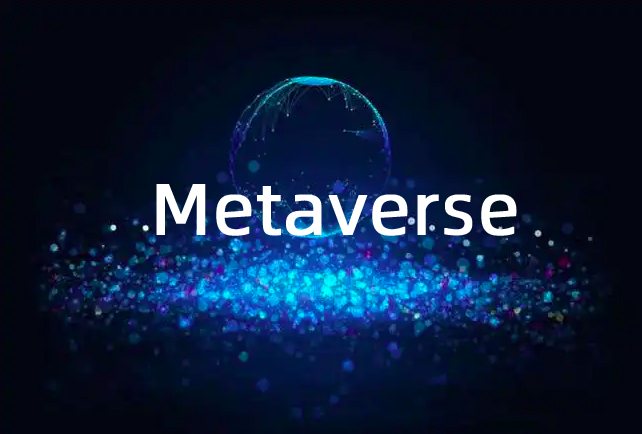What is the Metaverse

The word “metaverse,” originally coined by science fiction author Neal Stephenson in the 1992 novel Snow Crash, refers to a vision of an immersing and lifelike virtual world so complex, useful, and convincing that it becomes difficult to consider it strictly subordinate to “the real world.” People might legitimately spend the majority of their time in such a world, just as many office workers spend the majority of their time on computers today. The metaverse is similar to the idea of virtual reality, but goes beyond it in grandiosity and the specificity of its connotations. The term is coined from a combination of the word meta, meaning overarching, and the suffix –verse, meaning place or world, as in “universe”.
The metaverse is a technologically sophisticated idea. As of 2008, we lack the necessary infrastructure, processing power, interface devices, and software to create a truly immersive virtual reality world worthy of the name metaverse. Some futurists speculate a full-scale metaverse will unfold sometime between the years 2020 and 2030.
Primitive precursors to the metaverse have been developed out of various gaming and other online communities. An example is the popular World of Warcraft massively multiplayer online role-playing game (MMORPG), which boasts millions of subscribers and has become a venue for real-life networking. Another virtual world, Second Life, is even more metaverse-like in that it is not a focused game, but rather an open-ended world where “winning” simply means exploring, communicating, and creating objects for your own enjoyment and for other players. Some objects in Second Life are even bought and sold using an in-world currency, Linden dollars. The economy of Second Life is similar in size to that of many medium-sized cities. Numerous companies have set up venues inside Second Life to advertise their products and allow consumers to preview models of them before buying.
A true metaverse would not just be a separate world, but a complementary world intimately interconnected with the real world. It would allow people from one side of the planet to meet in a virtual environment with people on the other side, carrying out normal conversations as if they were both in the same room. Key to unrolling a metaverse along the lines of Stephenson’s original vision would be more advanced input and display technologies. Perhaps haptic gloves, which would allow hand gestures as input, and retinal displays, which would project images of virtual worlds directly onto our retinas, would be sufficient to engage millions to participate in a new and intimate virtual reality.
